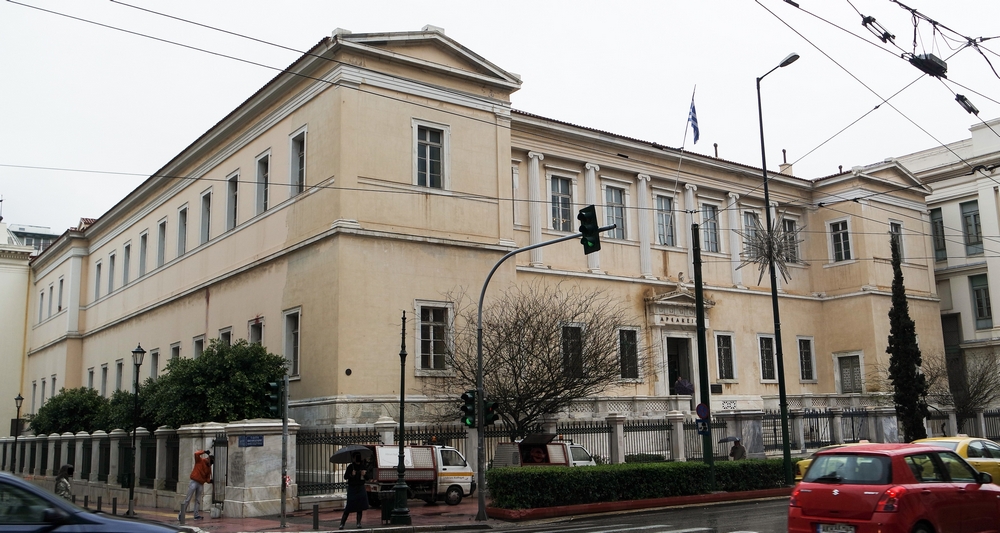Arsakeion girls’ school
Although Arsakeion girls' school is not one of the most famous buildings in Athens, it is of paramount importance.
Location
Timeline
Modern and Contemporary era (1821 - )
1846 The construction works began but stopped due to lack of funding.
1852 Construction completion.
1858 First expansion. Similar expansion works were also made in 1870 and 1898.
1984 Until 1984, in the facade of the building there were shops which were demolished during 1984-1989, for the renovation of the building.
1996 The Book Stoa is founded, while in the same decade the building hosts also the Council of the State.














Share